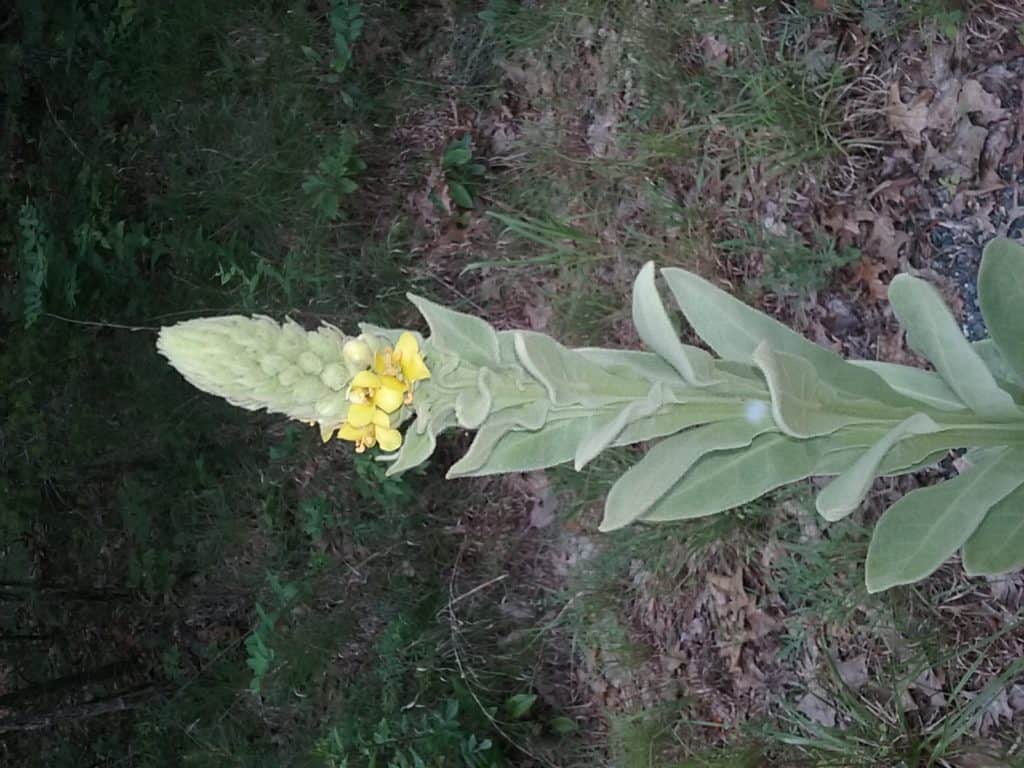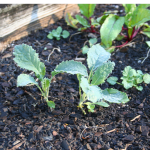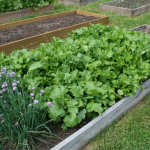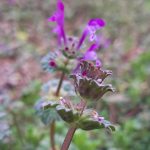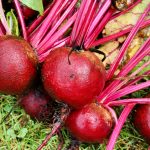Common mullein (Verbascum thapsus) has intrigued me ever since I first identified it on the trail I walk many mornings, the High Bridge Trail hear in Virginia. It’s a common roadside and field weed in America as well as Europe with a long and valuable traditional use in herbal medicine.
Common Mullein (Verbascum Thapsus)
Common mullein (Verbascum thapsus) is easy to spot. First, a rosette appears, with large, fuzzy, silver-green leaves. As the plant grows, it sends up a long central spike. At the tip of the spike, a coronet of yellow flowers gradually unfolds. Often, bees cover the flowers, buzzing happily around the pollen. It’s a plant that heralds the arrival of summer and usually blooms on or around the solstice.
History of Verbascum Thapsus
The name Verbascum thapsus includes a reference to the herb from ancient Greece. Theophrastus, an ancient Greek writer, mentioned an herb used in the city of Thapsos, near modern-day Sicily, that sounds much like our good friend mullein. Carl Linnaeus cataloged and named it in the 1700s, but the plant was well-known through Europe and the Meditteranean.
Like many plants, mullein has both a botanical name (Verbascum thapsus) and a common name. In the United States, Verbascum got the name “cowboy toilet paper” thanks to the large, soft leaves and availability of the plant in the wild areas of the American West.
Today, Verbascum thapsus is approved in Germany for use in respiratory formula teas. It has a long history of safe, effective use and is approved by Commission E, the review body in the European Union which examines natural remedies and catalogs them.
Wild Harvesting? Leave It to the Experts
It’s important to accurately identify any wild plant used for food or medicine, so if you aren’t sure whether or not you have correctly identified a plant, skip it and purchase a preparation at the store.
Also, never harvest mullein from heavily trafficked roadsides. The plant may have been sprayed with herbicides or picked up contaminants from the soil.
Lastly, don’t harvest mullein from state parks. I photographed this mullein on the trail but I left it alone. If you’d like to purchase mullein seeds or products, I’ve included resources at the end of this article for your convenience.
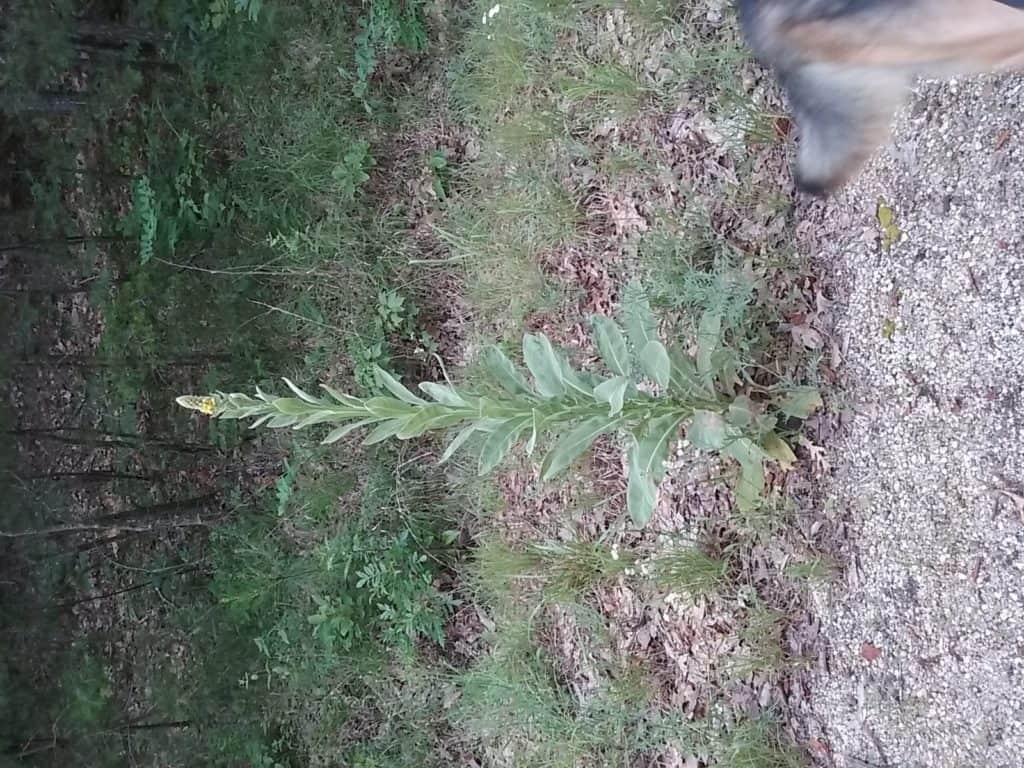
Herbal Medicine Uses of Mullein
(Please note: although mullein has been used for a very long time in herbal medicine, there are no studies demonstrating safe use during pregnancy, lactation, or with other herbs or pharmaceutical drugs. Use care and caution and talk to your pharmacists before taking this or any other herb to prevent interactions with prescription medications.)
Mullein for Respiratory Ailments
There are many herbal medicine uses for mullein. Mullein has both an expectorant and emollient effect on the respiratory tract. It is good to loosen phlegm and mucous in dry, unproductive coughs, and to ease coughing due to the common cold.
The leaves are used to make a tea, decoction, or infusion for respiratory ailments. Use only fresh, young, unblemished leaves for decoctions and infusions. You can purchase dried mullein tea (see the Resources section.)
The following instructions are from the American Botanical Council.
How to Make a Mullein Decoction
Decoctions start with cold water and make a stronger preparation.
Place 1.5-2 g (.05 – .07 ounce) of the herb in 150-250 ml (5 to 8 ounces) cold water and bring to a boil for 10 minutes. Strain the herb and drink twice daily.
Instructions to Make Mullein Tea (Infusion)
To infuse an herb, pour boiling water over the herbs in a cup or teapot. Cover to make sure the steam carries the taste and properties of the herb back into the water.
Infusion: steep 1.5-2 g of the herb in 150-250 ml boiled water for 10 to 15 minutes, twice daily.
Mullein and Garlic Oil for Earaches
The typical herbal preparation for earaches consists of mullein and garlic. The flowers are used to make earache oil. Choose flowers that are bright yellow and not faded or turning brown. You can also purchase the oil ready-made (see the resources section.)
You will need:
- A clean glass jar ( a mason jar is fine)
- Paper towel
- The best olive oil you can find
- A plastic cover for the jar
- A slow cooker
- Water
- Garlic cloves
- Mullein flowers
Place two tablespoons of chopped mullein flowers at the bottom of the jar. Add two tablespoons of chopped and peeled garlic. Cover with just enough olive oil to cover the herbs and garlic. Cover the jar with a piece of paper towel. Use a rubber band to hold it in place.
Fill the slow cooker with water and immerse the jar in the water just so that the water goes slightly above the line of oil and herbs in the jar. Turn the slow cooker to “low” and leave it uncovered. Let the oil infuse for 3-4 hours.
After it is finished, turn off the slow cooker and remove the jar (careful, it might be hot). Turn the jar upside-down over a bowl to let the oil run out. The paper towel should catch the herbs. You can also strain it using cheesecloth.
Pour the oil into clean jars. I use little brown bottles with eye droppers I purchased online for my tinctures and oils. Add a label with the name of the medicine and the date. Store in the fridge for use.
Some herbalists recommend storing it in the freezer. If you do, make sure you use a freezer-safe container. Some of the eye droppers and bottles are not freezer safe and will crack in storage.
To Use Mullein and Garlic Oil for Earaches
Warm the oil in a hot water bath – place a cup of hot water in a measuring cup and place the cool stored oil container into it to let the oil come to room temperature.
When the oil is warm, add 3 drops to the affected ear. Rub around the ear, including the lobe, after applying the oil. The excess should flow out in a few minutes if you tilt your head.
Repeat every 30 minutes for relief from earaches. If the earache persists, see a doctor.
Growing Mullein
Mullein needs dry, sandy, or rocky soil, so don’t add anything nice like manure or compost. Make sure you plant it with plenty of space around the plants as it will spread out and up.
Seeds need a period of cold stratification to germinate. This means they need cold temperatures to break the outer hull of the seed to allow germination. If you purchase mullein seeds, place the package in the freezer for 30 days or more, then plant it in pots or containers. Keep the seeds moist until germination and transfer the plants to the desired area when they have several sets of leaves.
Mullein is a prolific plant and will spread in an area. To control it in the garden, pull undesired plants when the rosettes appear. Once the plant sets the spike up for flowering, it can be difficult to pull out.
Resources
The following are affiliate links. We are a participant in the Amazon Services LLC Associates Program, an affiliate advertising program designed to provide a means for us to earn fees by linking to Amazon.com and affiliate sites. Thanks so much for being a part of Home Garden Joy!
Buddha Teas Organic Mullein Leaf Tea | 18 Tea Bags | Made in the US | No Caffeine

Herb Pharm Mullein Garlic Herbal Oil – 1 Ounce

Earthcare Seeds Great Mullein Verbascum thapsus 150 Seeds Heirloom- Non-GMO – Open Pollinated


